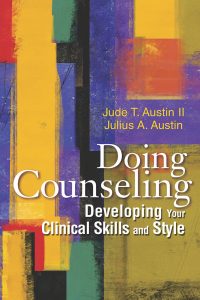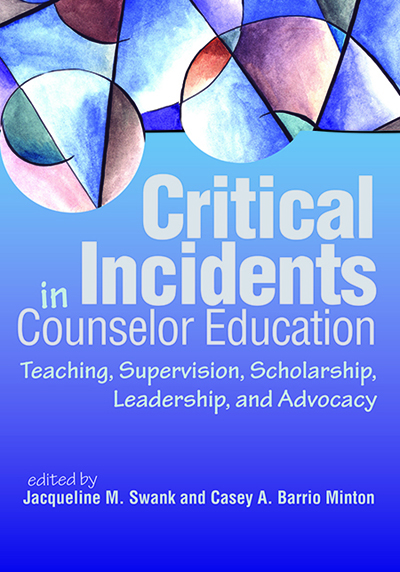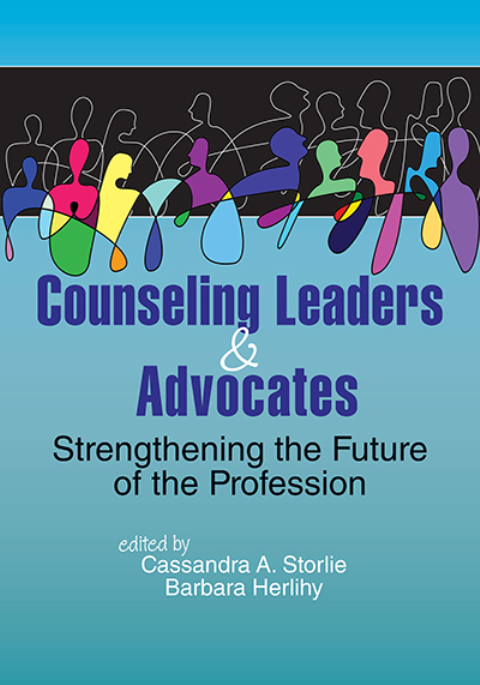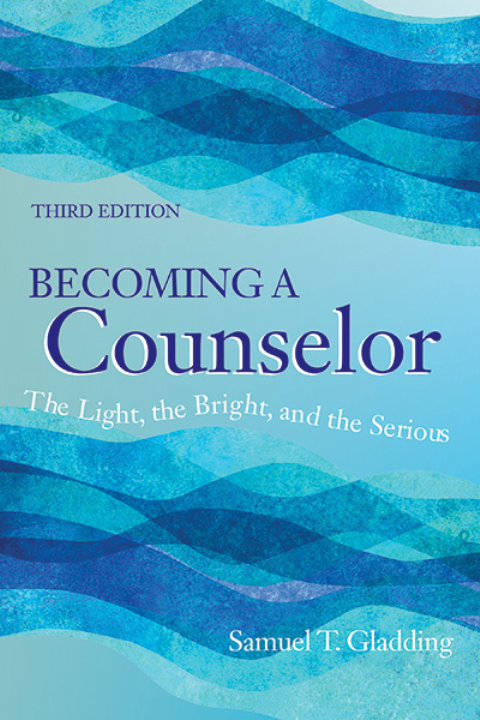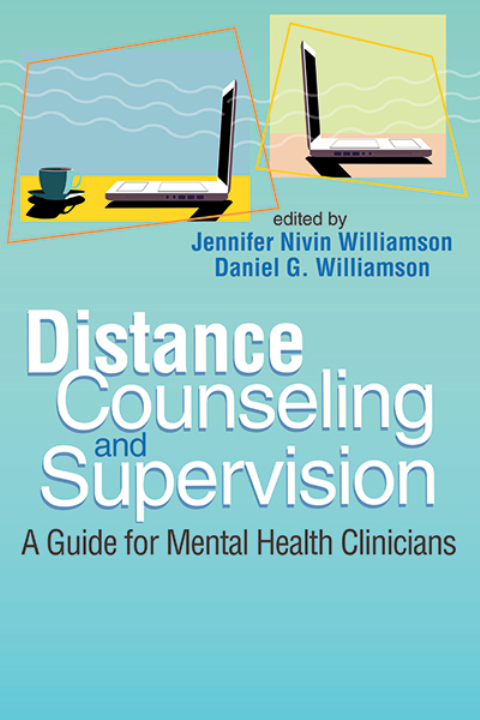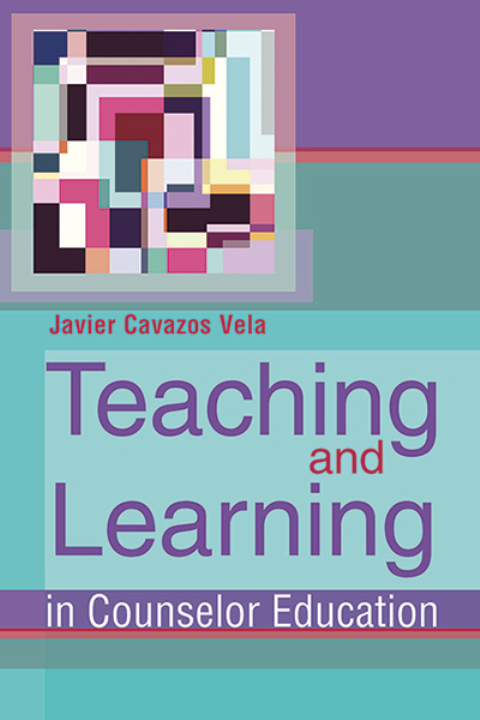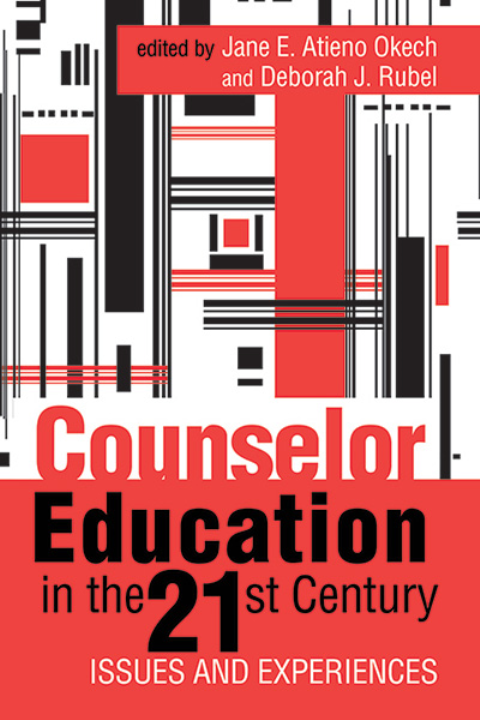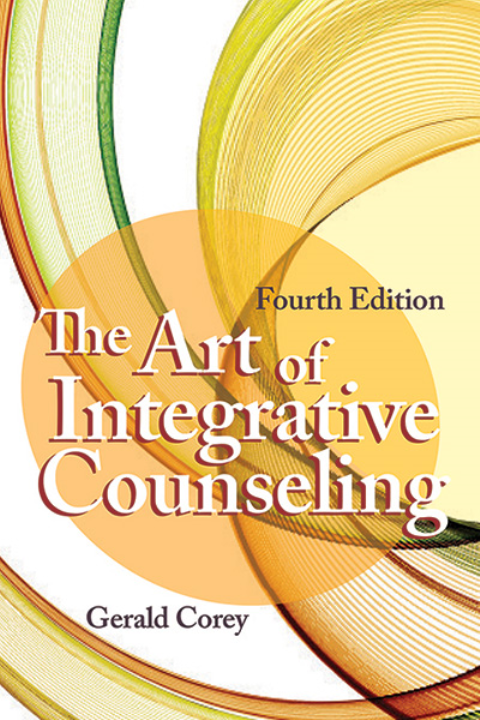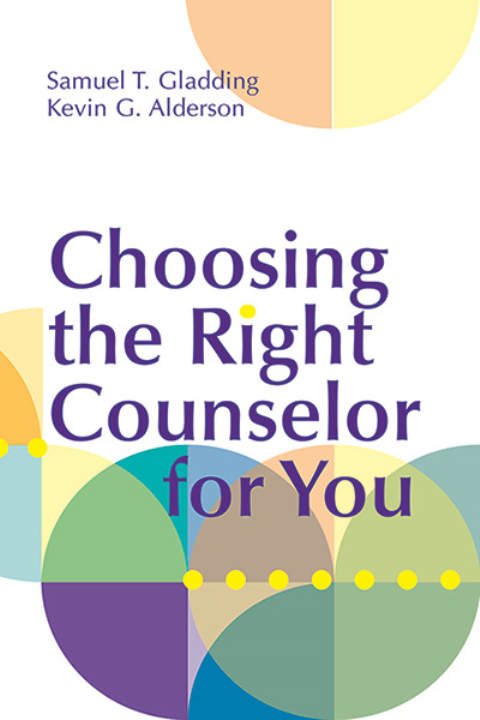
Professional development, a lifelong process
Counselors have the ethical responsibility of engaging in ongoing professional development, so they can remain informed about best practices, keep their competence in the skills they use, and maintain a reasonable level of awareness of current scientific and professional information. Mentorship is also an important part of a counselor's professional development process.
Related Articles from Counseling Today
The paradox of empathy: When empathy hurts
Feb 1, 2013, 00:00 AM
Title :
The paradox of empathy: When empathy hurts
By line :
Eric W. Cowan, Jack Presbury and Lennis G. Echterling
We normally think of empathy in counseling as a benevolent act in which the insightful counselor deeply understands the grateful client. Carl Rogers considered this empathic connection the centerpiece of a successful counseling relationship. He offered the following metaphor of the imprisoned client being emotionally liberated by the counselor:
One thing I have come to look upon as almost universal is that when a person realizes he has been deeply heard, there is a moistness in his eyes. I think in some real sense he is weeping for joy. It is as though he were saying, “Thank God, somebody heard me. Someone knows what it’s like to be me.” In such moments I have had the fantasy of a prisoner in a dungeon, tapping out day after day a Morse code message, “Does anybody hear me?” And finally one day he hears some faint tappings which spell out “Yes.” By that one simple response he is released from his loneliness, he has become a human being again.
Such images of empathic connection have become common wisdom in the counseling profession. We strive for this empathic understanding of our clients to establish a warm and trusting relationship. But is it possible that instead of the client welcoming this level of closeness and understanding, he or she might regard the counselor’s ability to “see the whole person” as an intrusion? Instead of wishing to be fully known by the counselor, might the client regard empathic understanding as a penetration into protected areas of the self, stimulating feelings of exposure, anxiety and shame? Therapeutic empathy creates a paradox. The client wishes to be seen, understood and validated but does not necessarily want be completely known, even to himself or herself, because such deep empathy evokes the client’s deepest wounds. In such cases, empathy hurts!
Taking evasive action
The idea that empathy can be hurtful is counterintuitive for most of us. After all, we assume that emotional attunement, sincere regard and understanding of the client’s sufferings are qualities that enhance the client’s ability to become more integrated. We strive to help the client contact and reintegrate those aspects of self that have become lost, cut off or disowned.
But this is where it gets tricky. Those cut off pieces, whether they are certain emotions, ideas, potentialities or ways of being, are sectioned off for a good reason. The reason is because important others in the client’s life did not offer the validating attunement necessary for those pieces to emerge and flourish. In other words, these are the aspects of the client’s being that were never affirmed as legitimate, and the emergence of these potentialities is associated with interpersonal pain, disappointment, rejection and shame.
The client’s increasing contact with “forbidden” thoughts and feelings through the counselor’s empathic efforts can also evoke an anxious sense of vulnerability. The counselor is becoming important to the client as a new attachment figure, and the client fears that the counselor will in some way reject, punish or abandon the client as others have done in the past. Some clients may even fear that the expression of their prohibited and “dangerous” affects or thoughts will injure the counselor. Caught between his or her longing for validation and the fear of rejection or interpersonal injury, the client sometimes takes evasive measures before these new traumas can happen. The counselor is naturally confused when, in response to the counselor’s sensitive attunement, the client suddenly begins creating conflict, criticizing the counseling process as unproductive, assigning to the counselor feelings and thoughts that confirm the client’s expectations of rejection, or refusing to allow the counselor to become an important attachment figure. When these dynamics happen, the counselor may conclude that the client is being “resistant.”
The idea is not new. Freud thought that such clients wished to avoid unconscious conflicts or impulses and became resistant to intervention due to this material bubbling up from within. But Freud got it only half right. Clients wish to avoid not only intrapersonal anxiety and conflict but also any reenactment in the relationship with the counselor of interpersonal traumas and developmental disappointments. When counselors recognize that empathy hurts, they pay attention not only to how the client’s conflicts make sense in terms of past disappointments and injuries, but also to how these conflicts continue to play out both in the therapeutic relationship and, more important, throughout the client’s life. To effectively work with the emergence of the client’s painful conflicts and the reenactment of these conflicts with the counselor requires that we see these disruptions as opportunities to identify and reclaim lost parts of the self and, ultimately, as therapeutic consequences of deep empathy.
Every person “grows a self” in countless encounters with important others, developing self-awareness and acquiring a language for integrated emotions, thoughts and other aspects of internal life. A lack of sufficient and accurate empathy early in life means that a person not only is disconnected from others but also, over time, becomes disconnected from his or her own internal experiences, which can emerge later only in conflicted and ambivalent expressions. Another consequence of insufficient mirroring is that the person sees unvalidated aspects of self as potentially harmful to important attachment relationships. Any offending emotions, thoughts and self-expressions that threaten primary attachments must be cut off, repressed or otherwise disowned to keep these relationships stable. The personality forms around the obstruction in the same way a tree trunk grows and scars around the strands of a barbwire fence, incorporating what would otherwise sever it. The reemergence of the unvalidated and repudiated potentialities in response to the counselor’s empathy is often attended by a profound sense of shame.
When someone experiences shame, the person is evaluating his or her own behaviors in terms of some external standard, such as the reaction of an important attachment figure. In shame, a person has a heightened sense of self-consciousness. Humiliated, the person feels a loss of control that brings about the desire to hide because he or she feels unworthy. Such evaluations are often first conveyed by others and then become internalized as aspects of the self. Expressions of disgust or contempt on the face of another person give rise to feelings of shame. Another’s withdrawal of love also creates a sense of failure, worthlessness and humiliation.
Some theorists have suggested that shame brings about depression due to the lowering of self-esteem as a result of failure to meet one’s own narcissistic aspirations. Narcissistic aspirations are simply the desire to feel special and to be successful in attaining one’s goals. We all have such aspirations, and when we believe that our failure to realize these ambitions is because of our own basic flaws, we feel ashamed. The deep-down injury that accompanies shame is the narcissistic wound that sometimes festers for years. It is the belief that something is fundamentally wrong with us that may not be remediable. Even more disturbing is the fear that the counselor might view with revulsion these profoundly flawed parts of the client’s self. When the client “feels felt” by the counselor and believes that the counselor fully understands his or her implicit and guarded world, then empathy can be a threat.
Case example
One of the authors of this article worked with a female client who was raised in a fundamentalist religious environment. Her imposing uncle, who was her main caregiver, squelched any impulse that he did not consider to be “Christian.” Anger, pride, assertiveness and sexual feelings were all treated as damning defects in a little girl. Any expression of these legitimate self-experiences caused disruption in the client’s primary relationships. She learned early on to dissociate or repress the shameful inner thoughts and feelings.
By the time she came to counseling, this client had developed an obsessive personality style that greatly constricted her ability to form intimate relationships with others. The disowning of her shameful sexual impulses caused the client to persistently assign her own thoughts and fantasies to a succession of male authority figures whose conventional expressions of regard she interpreted as ploys to seduce her. Not surprisingly, as the counselor became an important attachment figure, the counselor’s expressions of positive regard were similarly interpreted.
Above all, the client carried an unmet longing to feel valued and special to someone. Paradoxically, she experienced her longing for acceptance as a threat, and anytime she felt prized by the counselor, she felt compelled to withdraw. Her shame, associated with all denied aspects of herself, would rise to a level of urgency, and she felt the pain of exposure. “It’s not that you don’t understand,” she remarked in one emotionally charged session. “It’s that you understand too much!” The emergence and reclamation of her legitimate and natural emotions in counseling was, she said, “an act of disobedience. … It feels like killing off people who are already dead but who live in my head.”
Three types of empathy
As counselors, we are committed to helping others, and we often shy away from causing pain. As a result, many counselors confuse empathy with being warm and sympathetic. Thus, a number of counselors who hope to be empathic wind up simply being nice instead. But clients do not change simply because someone has been relentlessly nice to them. Rather, true empathy involves not only emotional resonance but also “getting” the client from within the frames of reference that organize his or her subjective life.
As Simon Baron-Cohen observed in his summary of three types of empathy, a sympathetic impulse is one component of empathy and involves feeling an emotion in response to someone else’s distress that moves us to want to alleviate another’s suffering. This is a natural human response and part of our normal reaction to clients’ suffering, but it cannot be allowed to be the primary guide to our interventions as counselors.
A second component of empathy is the affective component, which involves feeling an emotional attunement that Irvin Yalom called “looking out the client’s window.” It is this affective resonance that allows clients to go deeply into their pain with the participation of the counselor as a sensitive companion and compassionate guide. The counselor must not become either overactivated or underactivated by the client’s distress because then the client will disengage and reenact past disappointments. The counselor must empathically be in tune with what Daniel Siegel called the client’s “window of tolerance.” When a counselor is not sufficiently responsive, clients conclude that the counselor does not care. More commonly, when the counselor loses the empathic stance and overidentifies with the client’s pain, the client concludes that the expression of certain affects or sectioned-off parts of self has the power to injure or damage the caregiver. The counselor must help to hold the client’s pain without succumbing to the client’s grief.
The third, or cognitive, component of empathy allows counselors to understand, validate and illuminate the client’s inner world of meanings. This “perspective taking” allows the counselor to use accumulated knowledge of how the client is likely to respond to certain empathic interpretations and interventions. The art comes in the balance of challenge and support.
All of these levels of empathic connection give reassurance to clients that the counselor understands and accepts them. However, if such deep understanding makes visible the aspects of the client’s self that have been partitioned or disowned due to a lack of validating attunement from important others, the client may feel exposed, and the experience of being “found out” might emerge instead.
Practical strategies
Realizing that empathy sometimes hurts, what can counselors do when their empathy seems to be getting in the way of progress? This is where the combination of empathy as an investigating attitude and affective attunement to the present relationship really comes into play.
First, counselors need to recognize and give voice to the sometimes subtle disruptions in the interpersonal process between counselor and client. Shining a light on “what is happening” when the counselor senses such a disturbance or shift toward disengagement invites the client to express the conflicted thoughts and emotions about being so thoroughly “seen.” The idea is that the therapeutic conversation must shift from whatever issue the client was discussing to a focus on the immediate experience of engaging with the counselor as conflicted and shame-eliciting material emerges. Most often, the client will need considerable encouragement to do this because it is the expression of this material with other important attachment figures that previously caused interpersonal disruption and trauma.
We also recognize that the client might not be the only one in the relationship who is tempted to avoid such participation. This strategy is an overture for a deeper, more authentic encounter in the here and now that may also thrust the counselor out of his or her comfort zone into full engagement and immediacy with the client. “How are you experiencing me right now?” is more difficult for the counselor to ask than, “How was it for you when you were experiencing your (father, roommate, boyfriend, wife) back then?”
The point of this approach is that the counselor invites the client to explore the interpersonal consequences, in the current relationship, of expressing formerly forbidden aspects of self. This strategy involves following up this invitation with process comments such as:
- “You said before that I really seem to understand you but that it scares you. What might I think of you if you allow me to see this part of you that you have kept hidden?”
- “It seems just then as if you needed to shy away when you felt I really understood you, as if that could be dangerous.”
- “Your giving words to that part of yourself seemed to make you feel the need to retreat, and you suddenly wondered why I would care.”
- “I wonder what you saw or heard in me just then that suddenly meant to you that I disapproved of you.”
Eric W. Cowan is a professor in the Department of Graduate Psychology and Counseling at James Madison University (JMU). He is the past director of Counseling and Psychological Services, JMU’s outpatient clinic, and is the author of Ariadne’s Thread: Case Studies in the Therapeutic Relationship. Jack Presbury is a licensed professional counselor and professor in the Department of Graduate Psychology and Counseling at JMU. He is the author of Mechanizing Minds and Humanizing Machines. Lennis G. Echterling is a professor and coordinator of the counseling program in the Department of Graduate Psychology and Counseling at JMU. He is the lead author of Thriving!: A Manual for Students in the Helping Professions. Correspondence regarding this article may be sent to cowanwe@jmu.edu. **** Letters to the editor: ct@counseling.org
Department :
Member Insights
Categories :
- Professional Counseling
- Professional Development
Tags :
audiences :
Contributors
